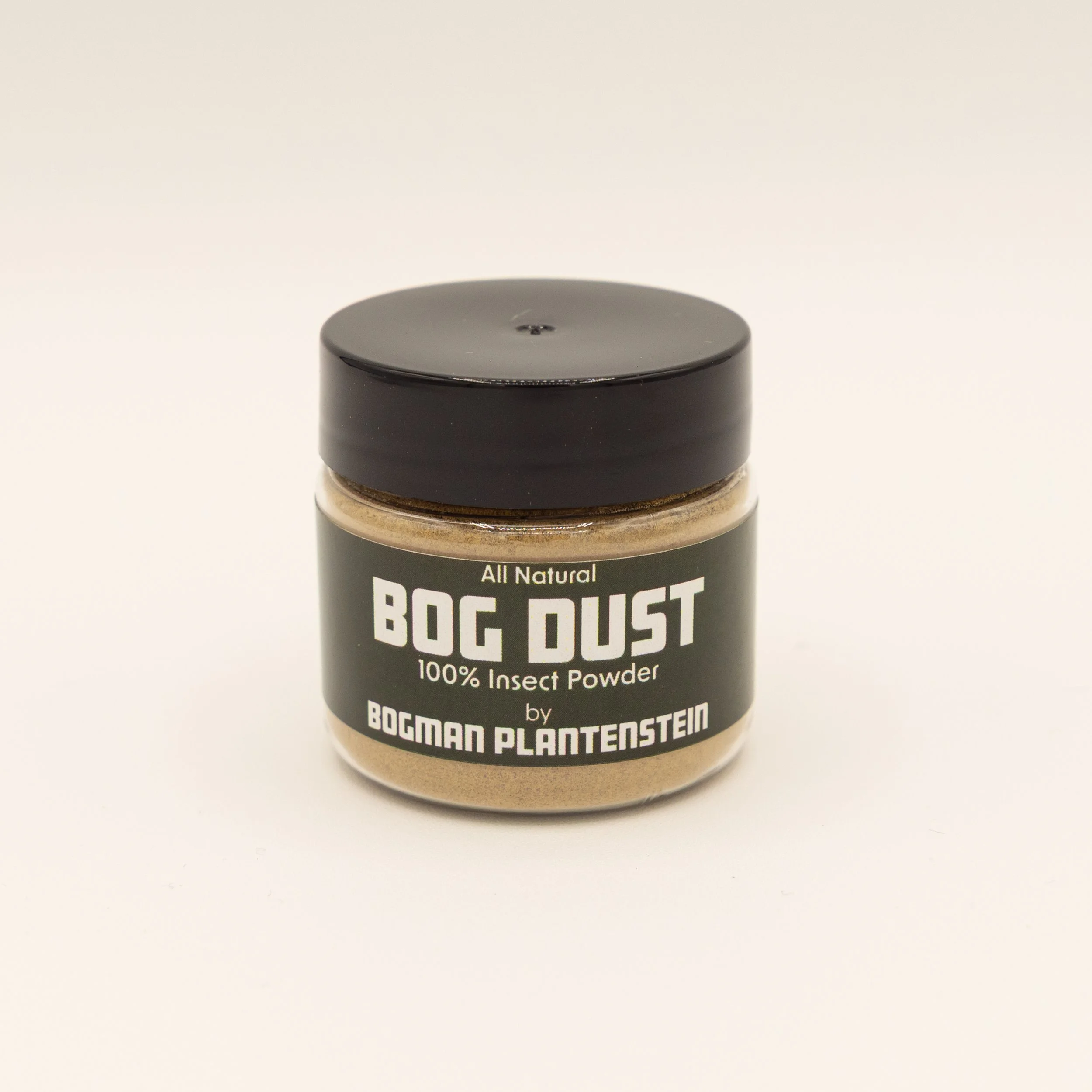 Image 1 of 7
Image 1 of 7

 Image 2 of 7
Image 2 of 7

 Image 3 of 7
Image 3 of 7

 Image 4 of 7
Image 4 of 7

 Image 5 of 7
Image 5 of 7

 Image 6 of 7
Image 6 of 7

 Image 7 of 7
Image 7 of 7








SEEDS - Drosera serpens "green"
Description
Drosera serpens “green” is an amazing tropical sundew with long, spindly leaves radiating from a thin, scrambling stem. It is a member of section Arachnopus (meaning spider-feet) which are a group of sundews with unique structures on their leaves. Drosera serpens has 3 different types of these tiny protrusions — yellow “Y”-shaped, yellow “mushroom”-shaped, and red glands. At first glance these might appear to just be tiny, dewy hairs, but are specialized structures still being studying for their function. This species can grow to 12” tall within a year and has bright pink flowers that can self-pollinate. As an annual species in the wild, it is short-lived and will decline after flowering profusely. This form is a bright green color with translucent tentacles, even in bright light.
Native to Southeast Asia and Northern Australia, Drosera serpens grows in hot and humid climates often in flooded plains. This form has unknown origin and seems to grow best in more mild climates with good airflow compared to lowland tropical conditions. Germination is simple and grow is rapid.
Packs will have 30+ seeds.
Growing Information
Climate: Temperatures from 50-100F, moderate humidity. It seems to like good airflow.
Light: Full Sun or 20W per sq ft LED light.
Water: Distilled or Reverse Osmosis water. Sitting in 1” of water using tray method. Only use distilled, reverse osmosis, or rainwater because tap water is toxic to carnivorous plants due to high mineral content and chlorine. Seems to tolerate quite wet conditions perfectly fine.
Soil: 50% Peat Moss: 50% Perlite/Sand. Rinse media with distilled or reverse osmosis water to remove excess salts.
Feeding: Feed leaves with Insect Powder every 1-2 weeks. Annual species require regular and heavy feeding to grow to maturity.
Description
Drosera serpens “green” is an amazing tropical sundew with long, spindly leaves radiating from a thin, scrambling stem. It is a member of section Arachnopus (meaning spider-feet) which are a group of sundews with unique structures on their leaves. Drosera serpens has 3 different types of these tiny protrusions — yellow “Y”-shaped, yellow “mushroom”-shaped, and red glands. At first glance these might appear to just be tiny, dewy hairs, but are specialized structures still being studying for their function. This species can grow to 12” tall within a year and has bright pink flowers that can self-pollinate. As an annual species in the wild, it is short-lived and will decline after flowering profusely. This form is a bright green color with translucent tentacles, even in bright light.
Native to Southeast Asia and Northern Australia, Drosera serpens grows in hot and humid climates often in flooded plains. This form has unknown origin and seems to grow best in more mild climates with good airflow compared to lowland tropical conditions. Germination is simple and grow is rapid.
Packs will have 30+ seeds.
Growing Information
Climate: Temperatures from 50-100F, moderate humidity. It seems to like good airflow.
Light: Full Sun or 20W per sq ft LED light.
Water: Distilled or Reverse Osmosis water. Sitting in 1” of water using tray method. Only use distilled, reverse osmosis, or rainwater because tap water is toxic to carnivorous plants due to high mineral content and chlorine. Seems to tolerate quite wet conditions perfectly fine.
Soil: 50% Peat Moss: 50% Perlite/Sand. Rinse media with distilled or reverse osmosis water to remove excess salts.
Feeding: Feed leaves with Insect Powder every 1-2 weeks. Annual species require regular and heavy feeding to grow to maturity.


